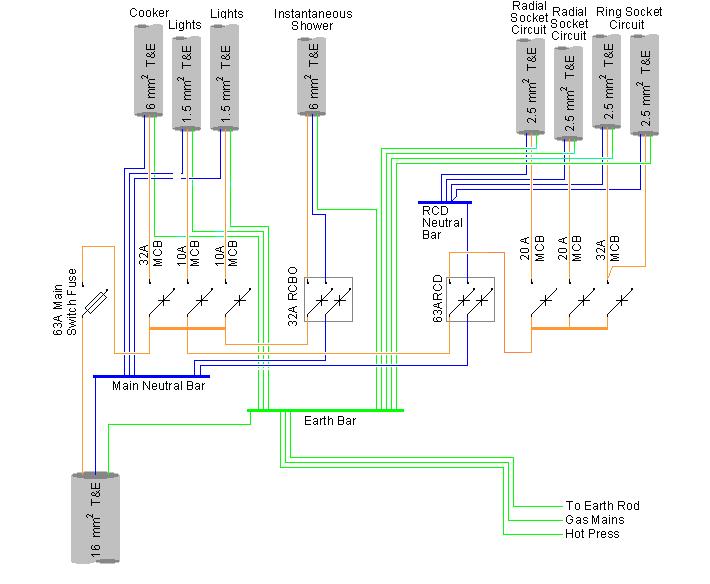Hope someone can help me with this as I don't know very much about circuitry :
Does every house/apartment have a cable running somewhere from the last socket on the circuit - from a socket near an outer corner, and is it essential to keep this connected?
A fault developed in the bedroom sockets of our apartment while I was installing an electric heater - I had installed one with a wall switch previously in a different room with no problem.
The double socket in the corner of the apartment, in one of the bedrooms, is connected by a cable running horizontally from the socket at the other end of that wall, and also from that corner socket, it looks like there's another cable going down into the floor in the corner.
I disconnected the power to the corner socket where this is, and now have the power back for all the other bedroom sockets - the switch is no longer tripping.
I'll have to get an electrician out at some stage anyway as we are having a few new lights and things installed - and will ask for this to be looked at . just wondering if it ok to leave this like this temporarily or is that cable running down into the ground and back to the power company or something?
I'd be very grateful if anyone can tell me.
Many Thanks.
Does every house/apartment have a cable running somewhere from the last socket on the circuit - from a socket near an outer corner, and is it essential to keep this connected?
A fault developed in the bedroom sockets of our apartment while I was installing an electric heater - I had installed one with a wall switch previously in a different room with no problem.
The double socket in the corner of the apartment, in one of the bedrooms, is connected by a cable running horizontally from the socket at the other end of that wall, and also from that corner socket, it looks like there's another cable going down into the floor in the corner.
I disconnected the power to the corner socket where this is, and now have the power back for all the other bedroom sockets - the switch is no longer tripping.
I'll have to get an electrician out at some stage anyway as we are having a few new lights and things installed - and will ask for this to be looked at . just wondering if it ok to leave this like this temporarily or is that cable running down into the ground and back to the power company or something?
I'd be very grateful if anyone can tell me.
Many Thanks.



